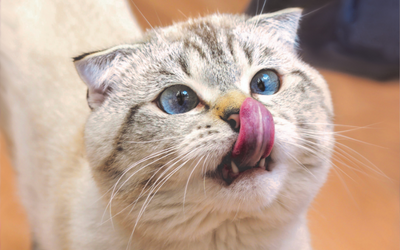Spring Pet Diseases: Protecting Your Furry Friend
 Spring is a wonderful time of year for pets and their owners to enjoy the outdoors after a long winter. However, the spring season can also bring a variety of diseases and health issues that can affect our furry friends. In this blog post, we’ll discuss some of the most common spring diseases that can affect pets and what you can do to keep your pet healthy.
Spring is a wonderful time of year for pets and their owners to enjoy the outdoors after a long winter. However, the spring season can also bring a variety of diseases and health issues that can affect our furry friends. In this blog post, we’ll discuss some of the most common spring diseases that can affect pets and what you can do to keep your pet healthy.
Allergies
As the weather warms up, pollen and other allergens become more prevalent, leading to allergic reactions in some pets. Symptoms of allergies in pets can include itchy skin, watery eyes, and sneezing. If you notice any of these symptoms in your pet, it’s important to visit your veterinarian to determine the cause and develop an appropriate treatment plan.
Fleas and ticks
Spring is also the time when fleas and ticks become more active, which can lead to infestations in pets. These parasites can transmit diseases such as Lyme disease and Rocky Mountain spotted fever to both pets and their owners. To protect your pet from fleas and ticks, use a flea and tick preventive medication recommended by your veterinarian.
Heartworm disease
Heartworm disease is a potentially life-threatening disease that is transmitted by mosquitoes. As the weather warms up, mosquitoes become more prevalent, increasing the risk of heartworm disease in pets. Preventive medication is the best way to protect your pet from heartworm disease, so be sure to talk to your veterinarian about starting your pet on a heartworm preventive medication.
Poisoning
Spring is also the time when many plants and flowers start to bloom, which can be dangerous for pets who may ingest them. Some common spring plants that are toxic to pets include lilies, daffodils, and tulips. To prevent poisoning, make sure to keep these plants out of your pet’s reach and supervise your pet when they are outside.
Heatstroke
As temperatures rise, pets are at risk of heatstroke if they are left in hot cars or in the sun for too long. Signs of heatstroke in pets include excessive panting, vomiting, and lethargy. If you suspect that your pet is suffering from heatstroke, seek veterinary care immediately.
In conclusion, spring can be a great time to enjoy the outdoors with your pet, but it’s important to be aware of the potential health risks that come with the season. By taking the necessary precautions, you can help keep your pet healthy and happy all spring long. If you have any questions or concerns about your pet’s health, be sure to talk to your veterinarian.
